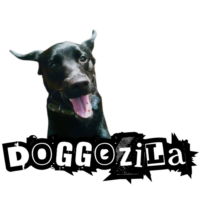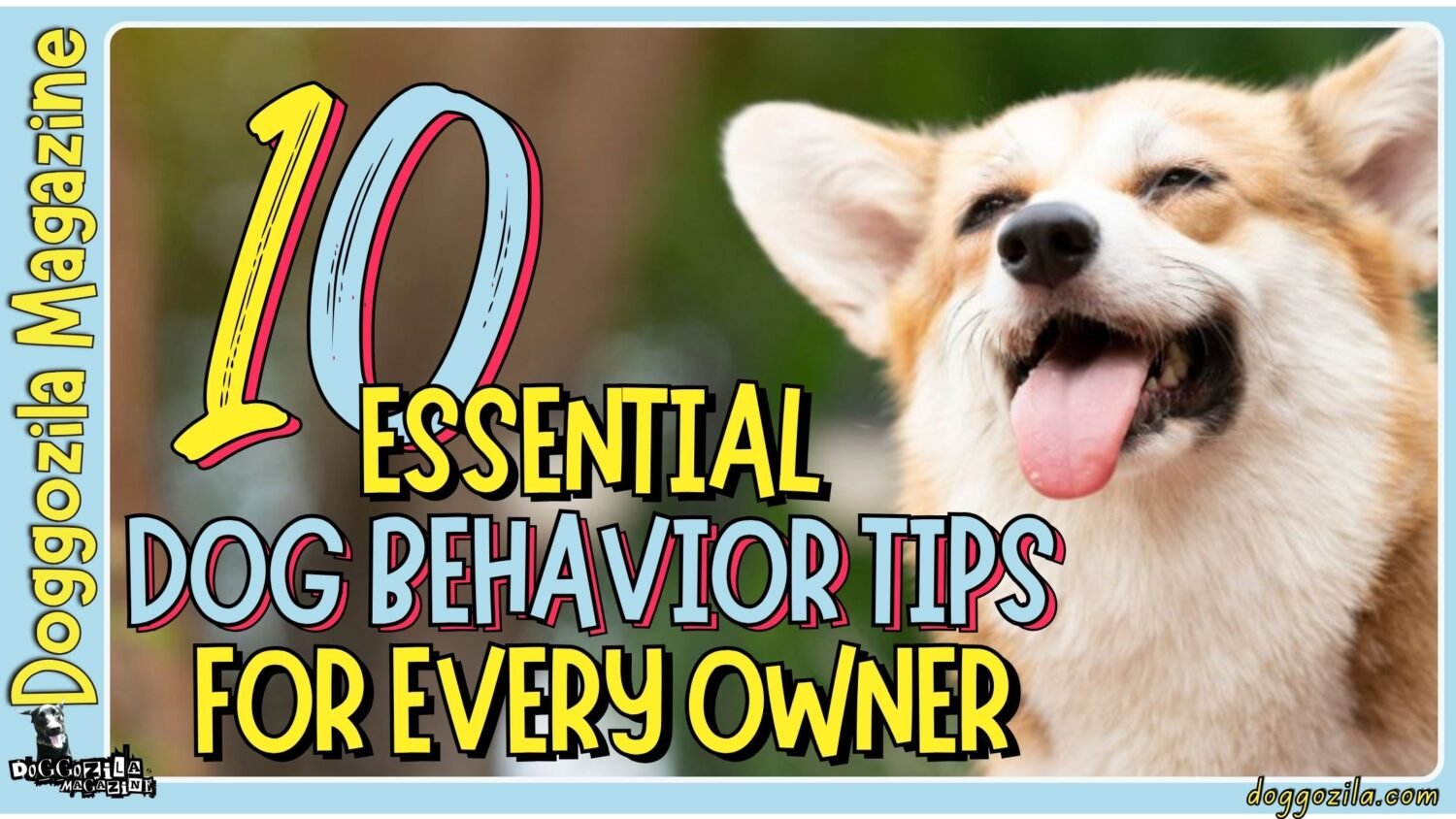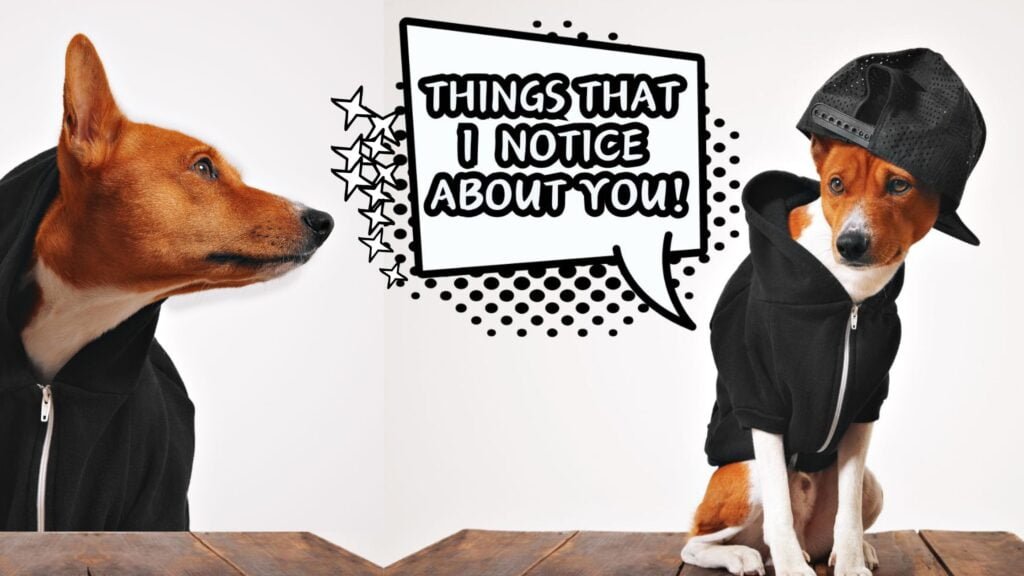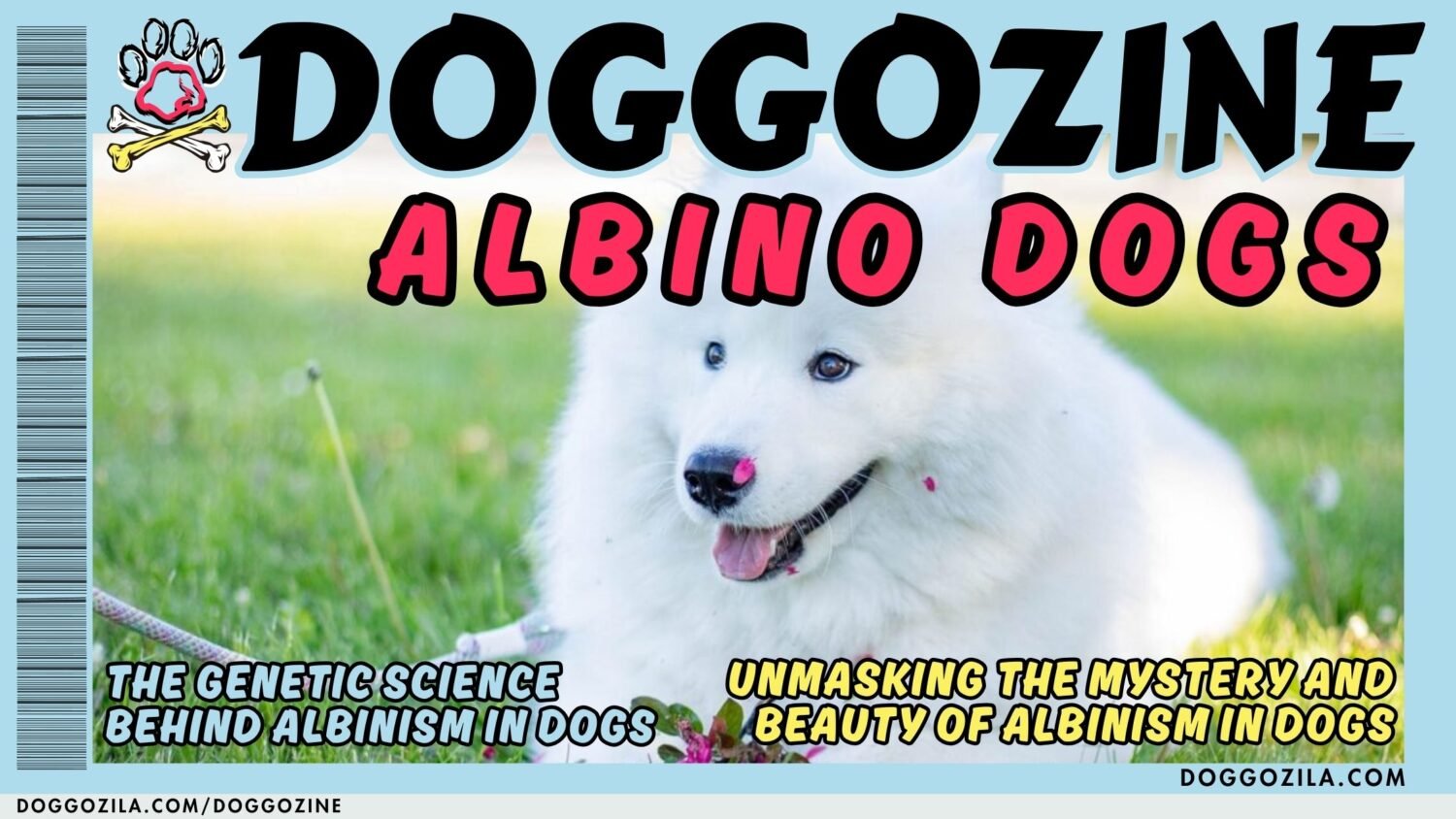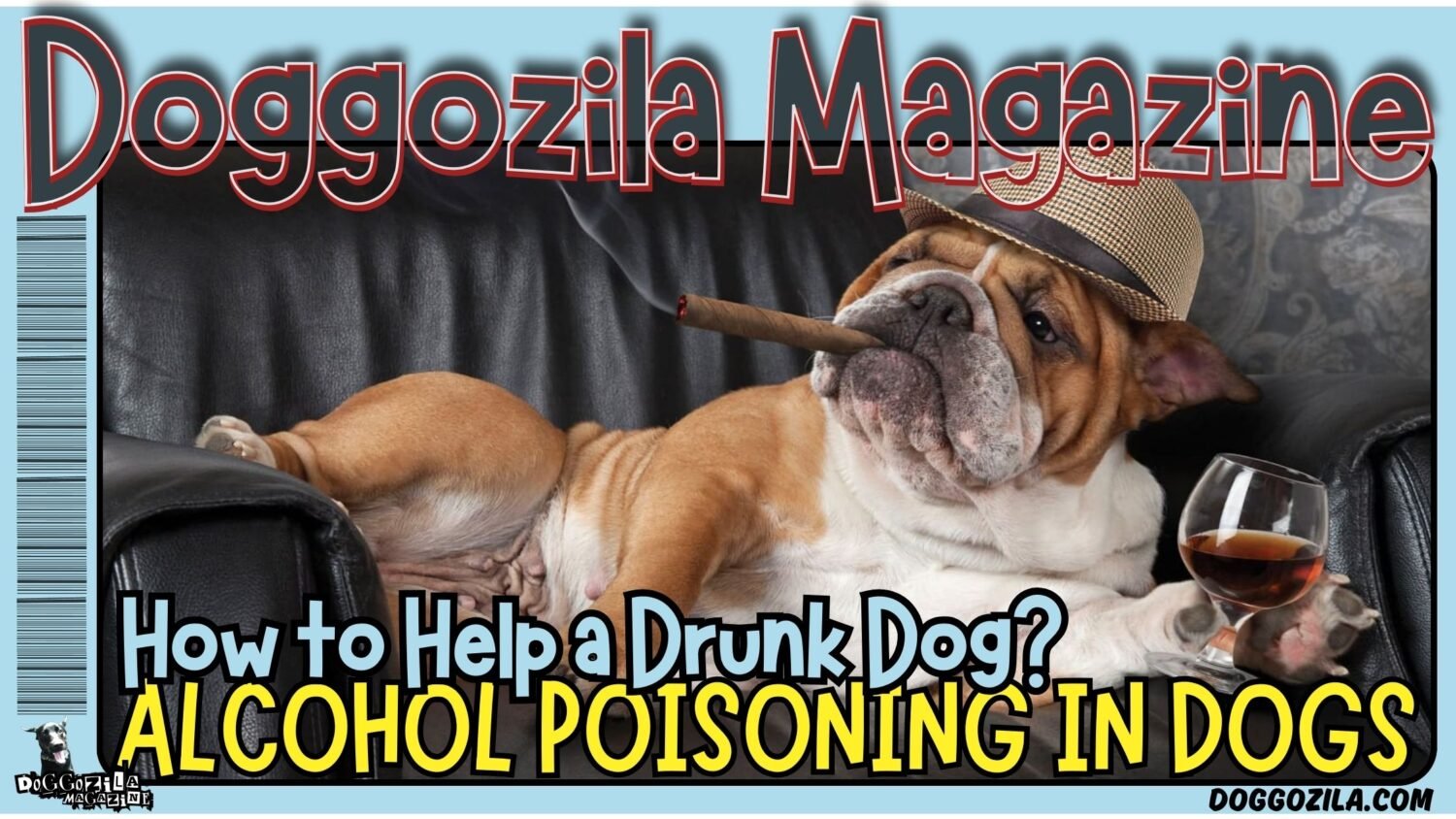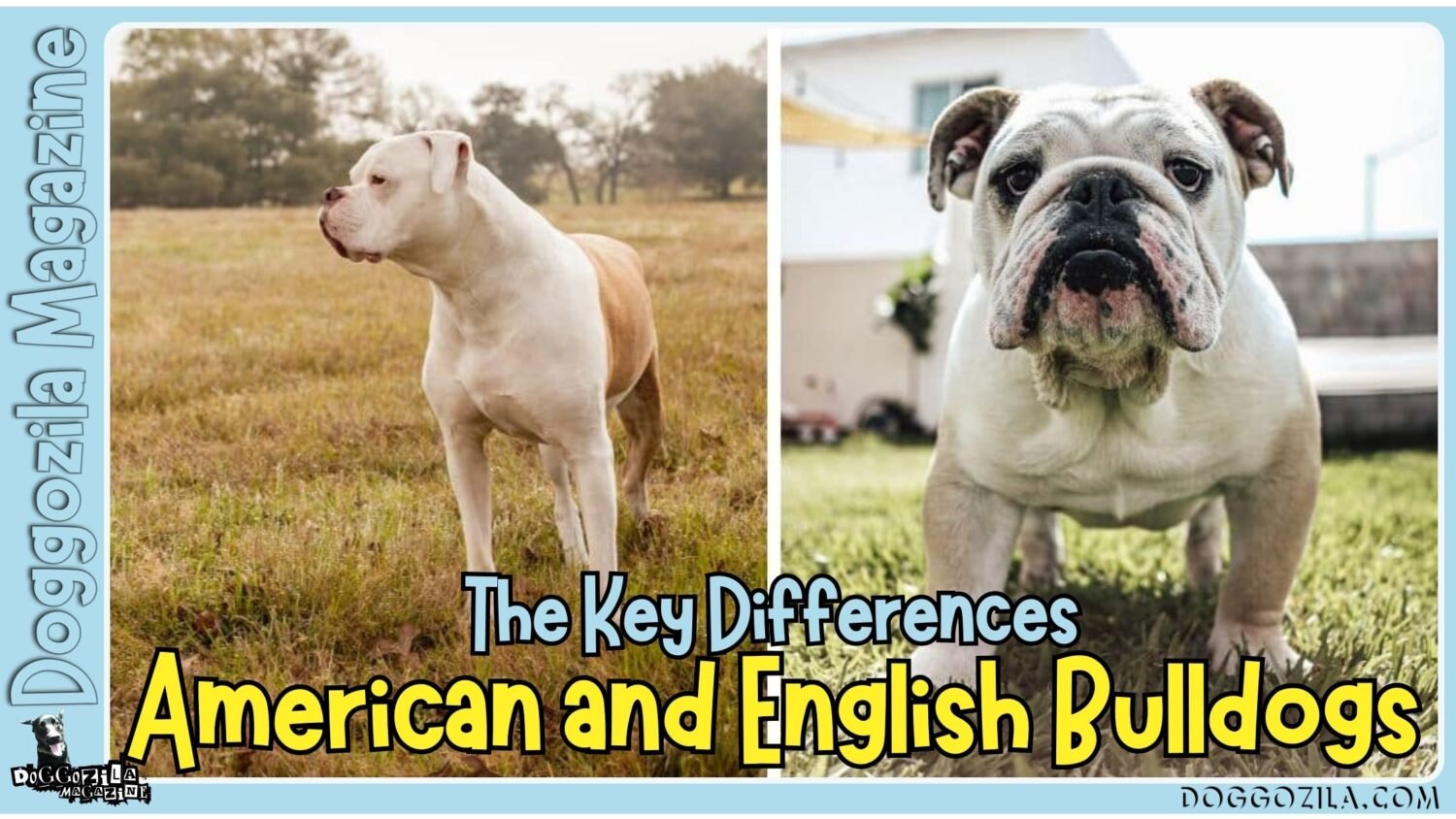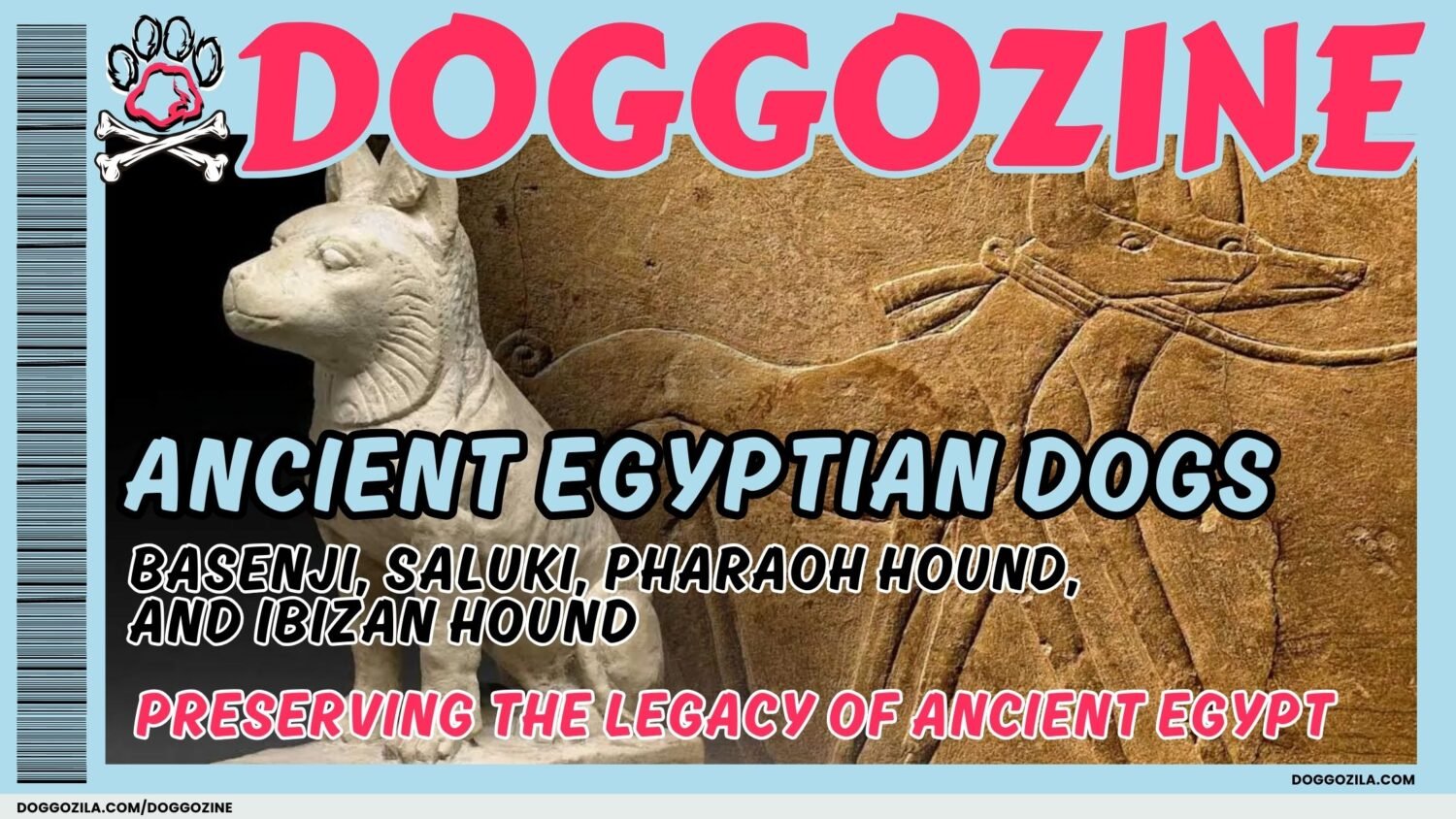
BASIC SCENT TRAINING FACTS FOR DOG OWNERS
Sniffing and searching activities are great ways to engage your dog’s natural talents. It gives mental and physical exercise. It also strengthens the bond between you and your pet. Before starting this training, there are some basics all owners should know. This ensures an enjoyable experience for both you and your dog. Check out these scent training tips for dogs, from beginner to advanced, to help make your pup a pro!
Why Scent Training is Important for Dogs
Dogs have a much better sense of smell than humans. Sniffing is not only fun for them, but it’s how they learn about the world. Scent training lets dogs use their noses. It provides mental stimulation and satisfies their natural instincts.
Choosing the Right Scent Training Method for Your Dogs
There are different scent training methods for sniffing and searching. It’s important to choose one that works for both you and your dog. The two most common are the “Scent Box” method and the “Trail” method.
With the “Scent Box” method, you hide a scent in a box. Your dog is trained to search for and indicate where the scent is. This method works well indoors and can be adapted to different places.
Learning to follow a scent trail helps dogs find hidden things or people. This method needs more space and works best outdoors.
Pick a training method that fits your dog’s breed, energy, and likes. Some dogs may do better with one method over another, so choose wisely.
Getting Ready for Scent Training
Before starting scent and search training, get a few things ready for smooth dog training:
- Pick one scent to use: Common choices are essential oils like lavender or birch.
- Gather supplies: You’ll need scent containers, treats, a leash, and a collar or harness.
- Find a good spot: For “Scent Box” training, use a calm indoor area. For “Trail” training, find an outdoor space with few distractions.
Beginning Scent Training
Now you’re ready to start the training process.
Here are some steps:
Tips for Successful Scent Training for Dogs
Here are some additional tips to ensure successful sniff and search training:
- Introduce the scent! Let your dog sniff and get used to the chosen scent. Place a small amount on a cloth or cotton ball for them to investigate.
- Teach your furry pal to sniff out treats or toys using a special scent. Begin by making the smell a nice thing. Give your pup a yummy treat or lots of praise when your pup smells the scent. This helps the dog link the smell with something good.
- Pick a command like “Find it” or “Search” to signal playtime. When you give that command, it’s time to start sniffing for the unique scent you’ve taught.
- At first, hide the scent somewhere easy to find. As your pup gets better, make the hiding spots trickier. Cheer on your dog and give rewards when the scent is found!
- Training takes time and being patient. Go at your dog’s pace. Praise little wins to keep your pet excited about this fun nose game.

TAKING SCENT AND SEARCH TRAINING FOR DOGS TO THE NEXT LEVEL: WHAT DOG OWNERS SHOULD KNOW
Scent and search training is a great way to engage your dog’s natural instincts and keep their mind active. Once you and your dog have learned the basics, it’s time to move on to medium-level sniff and search exercises. Let’s look at what dog owners should know as they progress in their sniff and search training journey.
Gradually Make It More Difficult
As you move from basic to medium sniff and search training, gradually make the exercises more difficult. Start hiding things in more complex places and use different scents for your dog to find. This will challenge their sense of smell and keep training sessions interesting and rewarding.
To make scent training harder for your dogs, you can hide scented items in tougher spots. Put them on high shelves or under furniture. Also, use smells that are new to your dog, like essential oils or herbs. Making the training step by step harder will help build your dog’s skill and confidence.
Expand the Training Environment
Basic scent training is often done in familiar places for your dogs, like your backyard or a room. Medium training should include many different places. This helps your dog use their scent skills in all kinds of scenarios.
Take your dog to new locations, such as parks, hiking trails, or city streets. Set up search games in these places. Your dog will learn to work around new smells, sights, and sounds. Start easy in new spots and make things harder as your dog gets comfortable.
Incorporate Scent Discrimination into the training for your dogs
An important skill for medium scent training is when dogs can tell different scents apart. Your dog needs to find one specific smell among other smells and distractions.
Start by using different scented items. Train your dog to indicate the target scent. This skill is useful in real life situations, like search and rescue or detecting certain substances.
Add Time Limits
As your dog gets better at sniffing and searching, make it harder by giving them less time. This helps your dog learn to work fast and make quick choices, like in real-life situations. Start by setting a time limit for each search activity. Encourage your dog to find the scents within that time, and reward them when they do.
This teaches your dog to focus on the most important smells, making them better and faster at finding things. Slowly make the time limit shorter and shorter, but make sure your dog can still succeed sometimes.
Make Training Fun and Rewarding
When teaching your dog to sniff and search, it’s very important to keep things positive and give rewards. This keeps your dog happy and excited to keep learning. After your dog finds the scent, give them a treat, tell them “good dog!”, and let them play.
Celebrate when your dog does well. Fun training makes your dog want to do more training. Use rewards every time to keep your dog motivated to work hard.
Keep Building Your Dog’s Skills
As your dog gets better at basic and medium scent training for dogs, make it harder. Change the environment, make them find more smells, add time limits, but keep using rewards. With patience and keeping training positive, your dog will learn amazing sniff and search skills.
A dog that can find scents is a happy dog that gets to use their senses and brain. Go slowly and let your dog succeed sometimes. This builds their confidence as they learn.
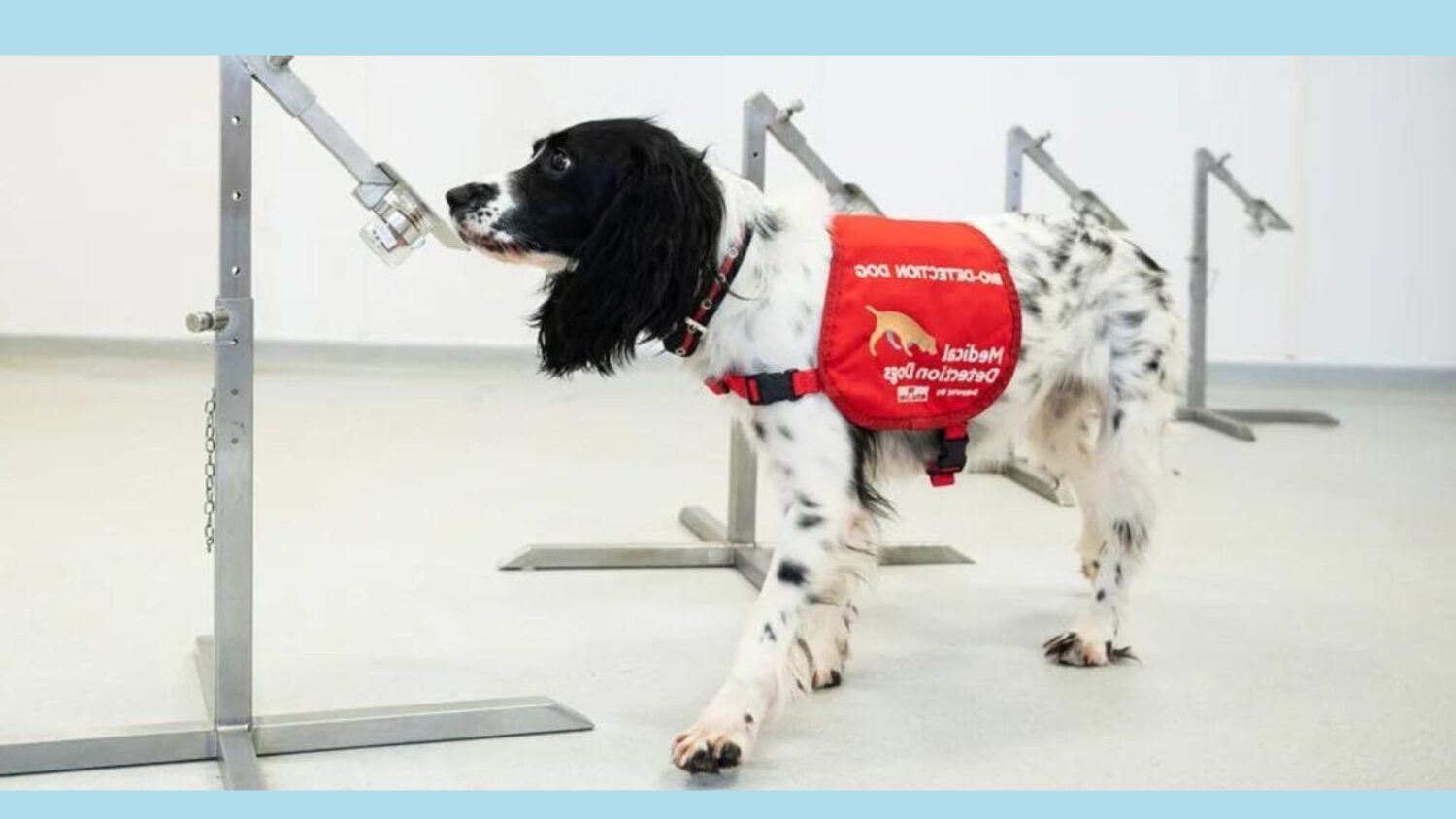
ADVANCED NOSE AND SEARCH GAMES FOR PUPS: ENHANCING YOUR DOG’S SMELLING ABILITIES
Nose and search games help dogs use their incredible sense of smell. This provides mental exercise, making it a fun activity for all dog types and ages. If your pup has learned the basics of nose and search games, you’re ready for the next step. This section gives tips to take your dog’s sniffing skills higher.
Strengthen the Basics
Before advancing, ensure your dog knows basic commands like “sit,” “stay,” and “come.” These will help during harder games. Practice these commands often in different places with more distractions. This ensures your pup will listen reliably.
Introduce New Scents for Your Dogs
Once your dog follows basic commands well, introduce new smells. This adds challenge to nose and search games. Use scents your dog doesn’t know, like essential oils, herbs, leather, or metal. Hide these in containers or around your training area.
Let your dog use their nose to find these smells. Tell them to “search.” Give them praise and treats when they find the hidden smell. Make it harder by hiding the smells in new places or using many smells at once.
Incorporate Obstacles
To make your dog’s sniff and seek skills better, add obstacles during training. This will help them find smells in real-life places. Set up a course with tunnels, jumps, or weave poles. Hide smells along the course. Guide your dog through it, telling them to use their nose to find the smells. This will challenge their sense of smell and make their agility and problem-solving better.
Increase Distance and Duration
As your dog gets better at sniff and seek training, increase the distance and time they search. This will help them focus and endure longer. First, hide smells in larger areas or farther apart. Let your dog search longer before rewarding them. This will help them stay focused and keep trying, even when it’s hard.
Introduce Scent Discrimination into the training for your dogs
Scent discrimination is an advanced skill. It teaches your dog to tell different smells apart and find a specific target smell.
Start off with selecting two or more different scents. Link each scent with a certain command. For instance, use the word “find” for one scent and “leave” for another. Train your dog to respond to each command by locating the linked scent.
Over time, add more scents and commands. Challenge your dog to spot and locate the right scent despite distractions. This advanced skill boosts their sniffing abilities and improves obedience.
Get Help for your dogs from Professionals for Scent Training
If you hit a roadblock in your sniff and seek training, seek guidance from professionals. An expert dog trainer with scent work experience can give personalized advice. They can help overcome any training hurdles.
They evaluate your dog’s skills and identify areas for improvement. Then, they create a custom training plan to elevate your dog’s sniffing abilities.
Rejoice in Your Dog’s Achievements
Advanced sniff and seek training can be rewarding yet challenging for both you and your dog. By strengthening basics, introducing new scents, adding obstacles, increasing distance, introducing scent discrimination, and seeking professional aid when needed, you can enhance your dog’s skills tremendously.
Remain patient, consistent, and positive during scent training sessions. Celebrate your dog’s successes by providing ample rewards and praise. With dedication and perseverance, you and your dog can attain remarkable results in advanced sniff and seek training.
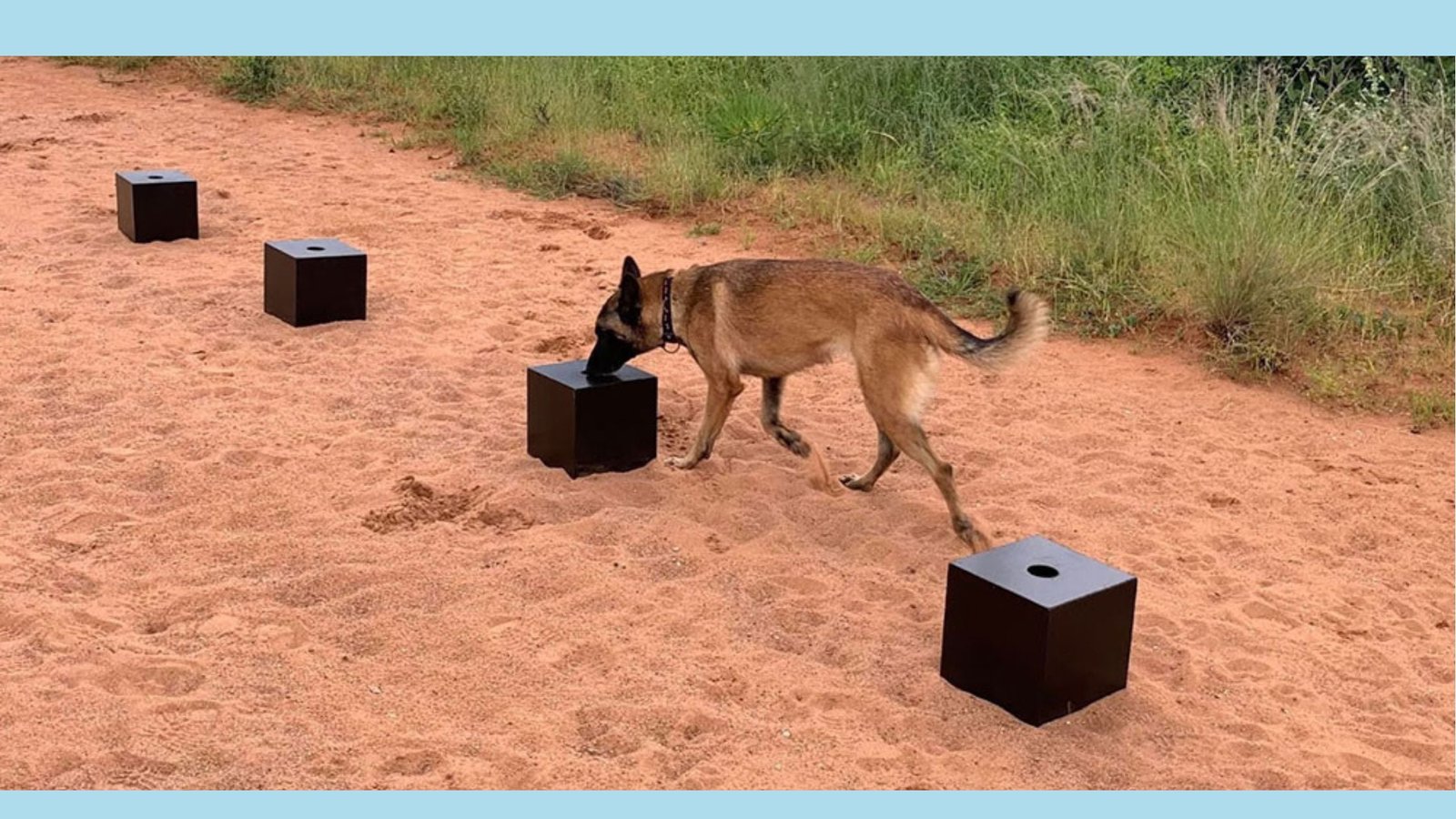
IS YOUR DOG READY FOR SNIFF AND SEARCH TASKS?
The scent training for sniff and search can be fun for your dogs. You may train your dog for rescue missions, detecting drugs, or just to improve their natural skills. Here are some ways to see if your dog is well-trained for sniff and search.
Does Your Dog Consistently Follow Commands?
A well-trained sniff and search dog should always respond to commands like “search” or “find it.” If your dog reliably follows these cues, it’s a good sign. During training, your dog should stay focused and not get distracted. A dog that can concentrate shows they have developed needed skills.
Can Your Dog Detect Target Scents?
Sniff and search dogs need to alert when they find target smells. A well-trained dog will sit, bark, or paw to show they found the scent. This alertness is key for these tasks. Your dog should also search in an efficient pattern, not randomly. If your dog does these things, they may be ready for sniff and search work.
Highly skilled dogs follow a systematic approach when searching for scents during training exercises. They carefully investigate every area using their keen sense of smell. Well-trained dogs exhibit a thorough and intentional search pattern, ensuring no spot is overlooked.
Adaptability to Various Environments and Minimal Distraction
A proficient sniff and search dog can perform effectively in diverse settings. They remain calm and focused whether working indoors, outdoors, or in challenging terrain. If your dog adjusts easily to different locations, it shows comprehensive training.
Distractions are unavoidable during scent training for dogs. A well-trained dog will maintain concentration and continue searching despite noises, other animals, or unfamiliar objects. Their ability to stay focused amidst distractions is crucial.

Accurate Target Identification and Reliable Off-Leash Performance
The primary goal of scent training for dogs is for the dog to correctly identify the target scent. A well-trained dog consistently recognizes the specific odor, distinguishing it from other smells in the environment. Their accuracy in target identification demonstrates effective training for these tasks.
Dogs need to follow commands even without a leash. They must pay attention and obey their trainers. If your dog can do tasks off-leash, it shows they are well-trained.
Continued Progress and Refinement
Training never stops. Well-trained dogs keep improving their skills over time. They work more efficiently and accurately. They stay focused better during each session. Seeing your dog get better is a good sign they are well-trained.
Positive Feedback from Professionals about scent training for dogs
Experts who specialize in scent training for dogs can give valuable feedback. They can evaluate your dog’s progress. Positive reviews from professionals mean your dog is well-trained.
Every dog is different and learns at their own pace. Be patient and consistent with training. Celebrate successes along the way. Keep working on areas that need improvement. With dedication and proper techniques, your dog can become skilled at sniff and search tasks.

